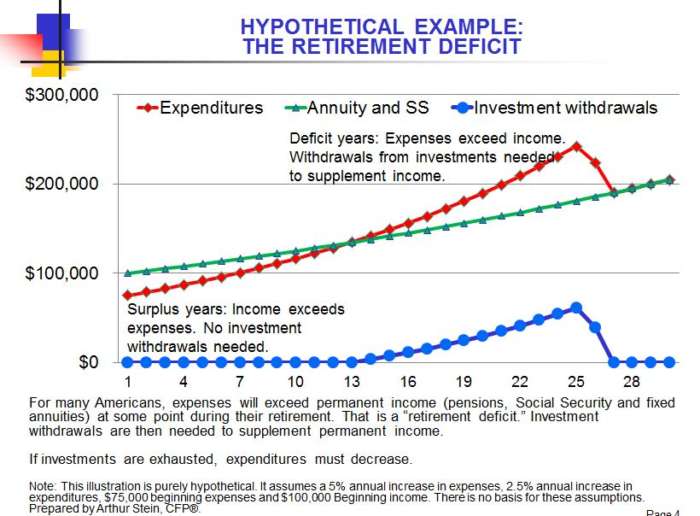
Is inflation devouring your pension?
Federal retirees can't run out of money in retirement, but they can lose buying power big-time the longer they stay retired.
Senior Correspondent Mike Causey is taking a sick day. This column originally ran on Aug. 23.
Forget wrinkles, boredom and the aches and pains associated with aging. The biggest fear most people have when planning their retirement is running out of money. Unlike many private-sector workers, who retired on fixed pensions that never change, feds (at least for now) get inflation protection. CSRS retirees are guaranteed full inflation catchups each January, via a cost-of-living adjustment pegged to the Consumer Price Index-W. FERS retirees get COLAs once they reach age 62, but they are reduced if the inflation-adjustment exceeds 2 percent.
Congress is considering several proposals that would eliminate all COLAs for FERS workers and retirees and reduce them by 0.5 percent per year for those under the CSRS program. But for now, COLAs, both regular and diet, are in place. But even so, and especially for FERS retirees, over time inflation can take a bite out of your annuity, even if it goes up each year.
Financial planner Arthur Stein says the fear of running out of money is common among federal workers planning for retirement or who have already retired. Understandable, he says, but wrong. The good news, he says, is that while former feds may run low on money, they will never run out of money. An important difference to be considered when prepping for retirement:
“Federal retirees will never run out of income,” says Stein. “They will always receive monthly annuity (pension) payments from the federal government. FERS employees will also receive Social Security payments. Both these payments are guaranteed to last the lifetime of the retiree and offer annual cost-of-living adjustments.”
That inflation protection is virtually unknown in pension plans in the private sector. Somebody who retired on $800 a month 15 years ago is still getting $800 a month today.
Stein, who has lots of active and retired federal clients, says:
“Retirees need to worry about a different risk: exhausting their investments. At some point during a retirement, most retirees will need to start withdrawing funds from their investments to supplement their annuity and Social Security payments. Investments are not guaranteed to last a lifetime. If too much is withdrawn, the investments are exhausted, and income from investments stops. The retiree is only left with the annuity and Social Security, which forces them to reduce expenditures no matter what their actual needs.
Here is a hypothetical example where retirement …
- Income exceeds expenditures for the first 13 years (surplus).
- Expenditures exceed the retiree’s annuity and Social Security payments beginning in year 14 (deficit).
- Investment withdrawals then supplement annuity and Social Security payments.
- Investments are exhausted in year 27, withdrawals end and expenditures have to decrease.”

All this means that investments in the Thrift Savings Plan are important to workers and retirees under the CSRS program, where benefits are fully indexed to inflation. And income from TSP investments is absolutely critical for the majority of current workers who are under the FERS program. FERS is a combination of federal annuity, Social Security and your TSP investments (plus the available 5 percent match from the government). But because its benefits are not fully protected from inflation, which exceeds 2 percent a year, having a sizable TSP account is essential to most FERS retirees — unless they hit the lottery big time.
Nearly Useless Factoid
The U.S. government introduced the first adhesive postage stamps on July 1, 1847, in denominations of 5 and 10 cents.
Source: Wikipedia
Read more of Mike Causey’s Federal Report
Copyright © 2025 Federal News Network. All rights reserved. This website is not intended for users located within the European Economic Area.
Mike Causey is senior correspondent for Federal News Network and writes his daily Federal Report column on federal employees’ pay, benefits and retirement.
Follow @mcauseyWFED





